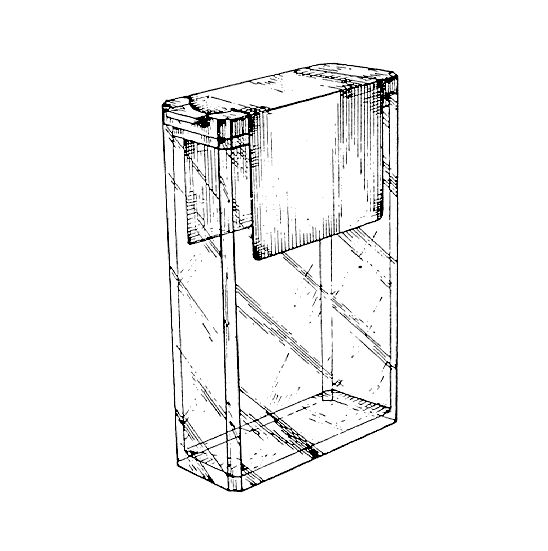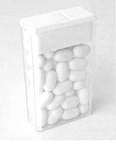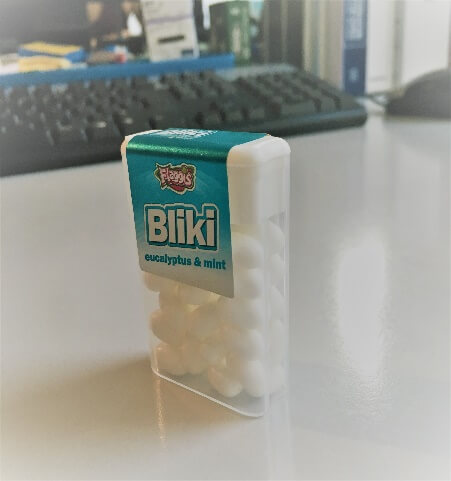
Ferrero’s “Tic Tac” container – a landmark in the protectability of shape trade marks regarding food containers
In a recent case handled by our Italian IP Department, the Court of Turin – confirming the validity of the shape trade marks covering Ferrero’s “Tic Tac” container – provided an interesting interpretation of Art. 7(1)(e) of the EUTMR Reg. 2017/1001, in particular, in relation to paragraphs ii) and iii): “signs which consist exclusively of the shape: ii) which is necessary to obtain a technical result… or iii) which gives substantial value to the goods” and its application to the shape of food containers.
Guidance provided by the Court of Turin in the “Tic Tac” case
The Court of Turin had to verify the validity of the trade mark registrations (Italian trade mark registrations n. 1564272 and n. 1478173) covering the shape of the famous “Tic Tac” container, one being empty and the other full of mints and bearing the label (but, both without the word trade mark “Tic Tac”):


The Court held that the shape was not exclusively necessary to obtain a technical result – even though there existed an earlier patent and utility model owned by Ferrero (which lapsed years ago) concerning a container characterized by a specific hermetic closing system which was apparently present in the “Tic Tac” container.
According to the Court, shape trade marks are valid even if the shape includes a technical solution, provided that it is not the only possible one to obtain said technical result. In the opinion of the Court, this is the correct interpretation of the word “exclusively” provided for by Article 7(1)(e) of the EUTMR.
In addition, the Court found this to be the case in relation to the “Tic Tac” shape trade marks as the closing system protected by the earlier patents was not visible in the trade marks themselves.
With regards to substantial value, the Court held the aesthetic features characterizing the “Tic Tac” trade marks do not determine the consumers’ choice of purchase. In fact, these features serve to maintain the mark’s main function as an indicator of origin. After finding that the “Tic Tac” shape trade marks were valid, the Court declared the infringement thereof by the container of “Bliki” mints produced by the Czech company Mocca Spol s.r.o., (depicted below):


- same rectangular and transparent parallel piped shape;
- same white closing system inserted on the top of the container;
- same label positioned on top of the container.
Although different word trade marks were used on the containers (i.e. “Tic Tac” and “Bliki”), this was deemed irrelevant by the Court in terms of altering their finding of infringement.
Comment
This is the first time an Italian Court has dealt directly with the validity of Ferrero’s “Tic Tac” trade marks as a consequence of a nullity counterclaim within proceedings on the merits, as well as with their infringement.
The recent decision by the Court of Turin represents a good case law precedent in Italy on shape trade marks in the food industry. Indeed, while the majority of case law regarding these types of trade marks is focused on the shape of products, this case concerns food containers and provides a clear and balanced guideline to define the validity requirements, as well as the scope of protection.








